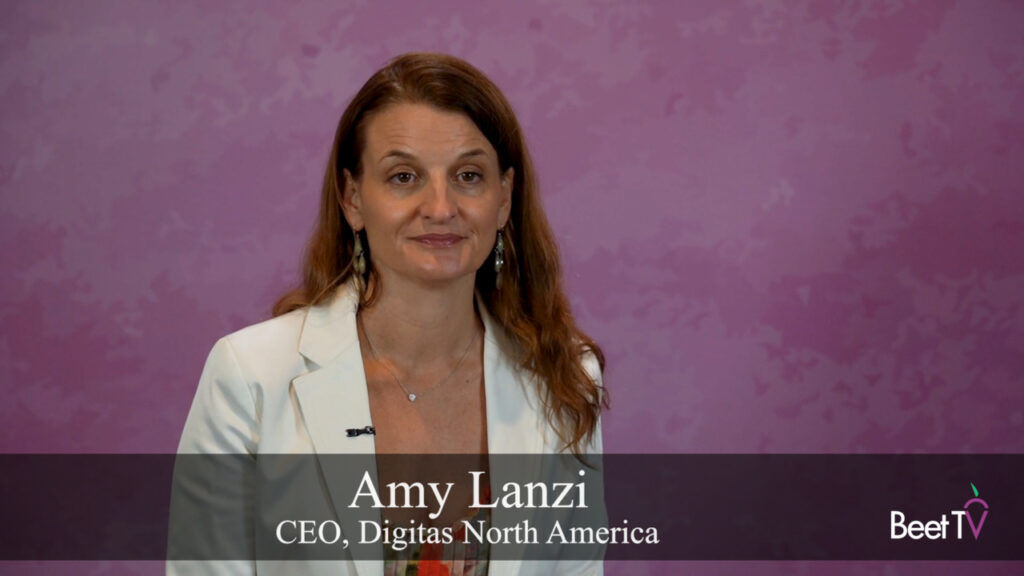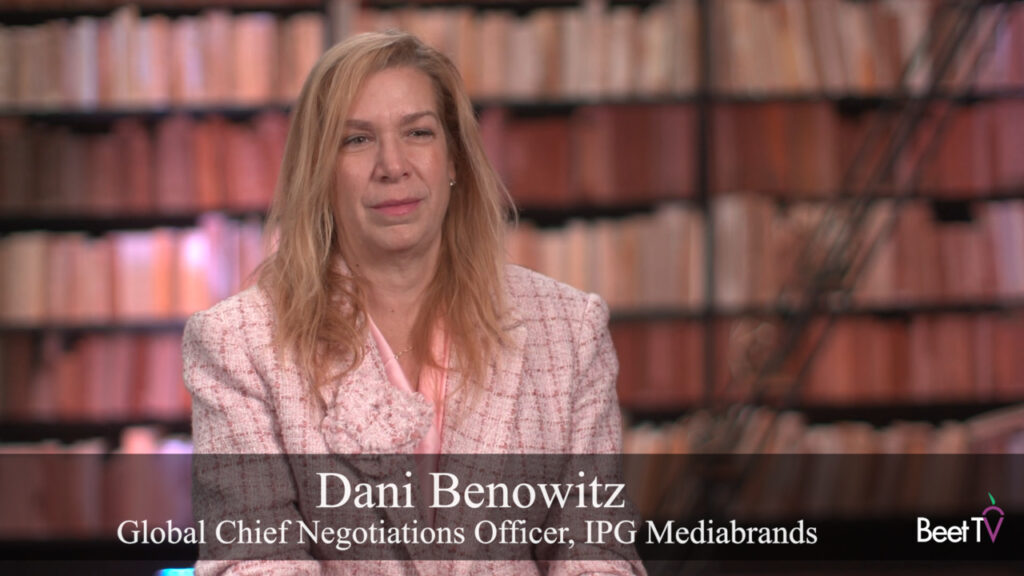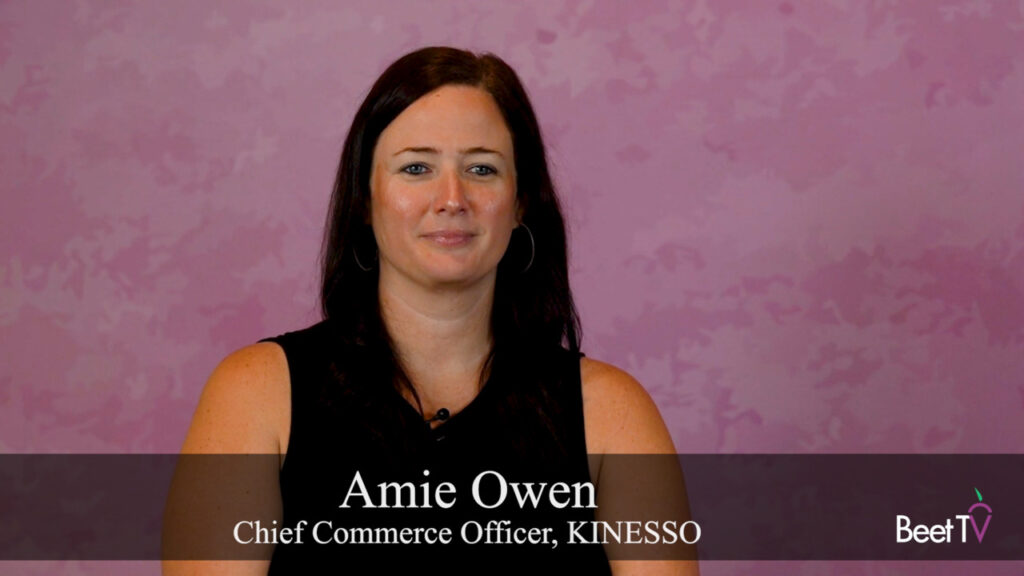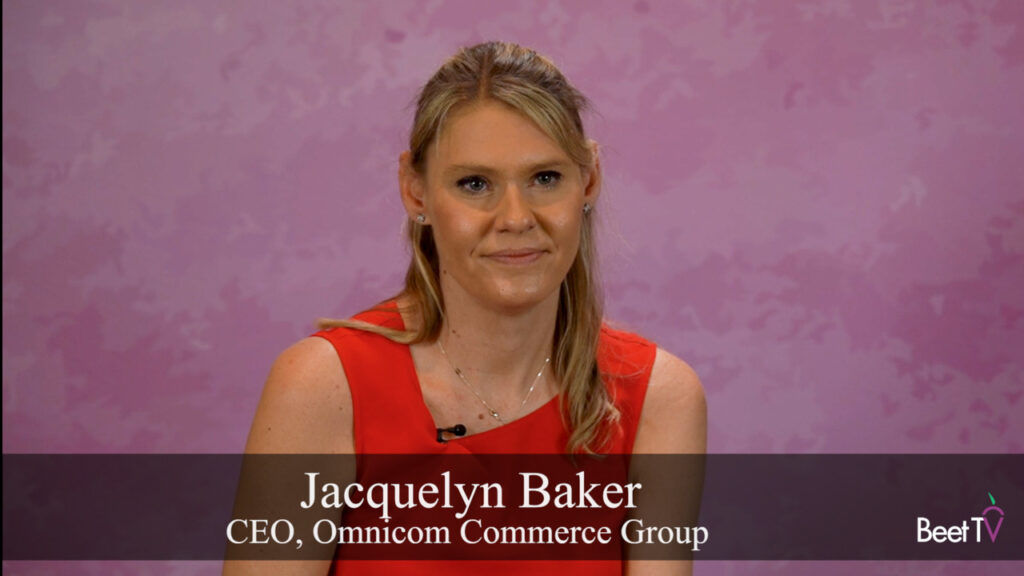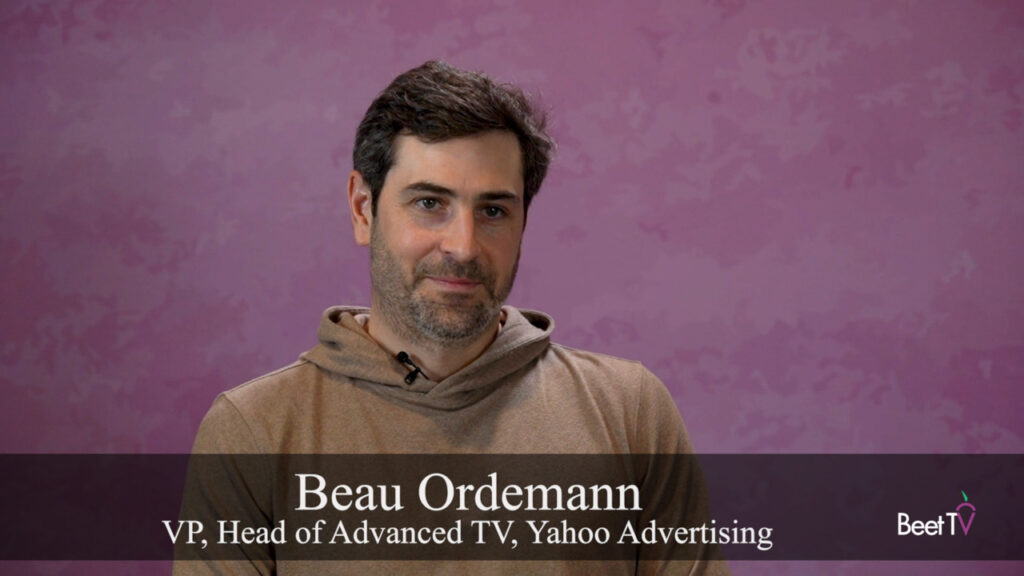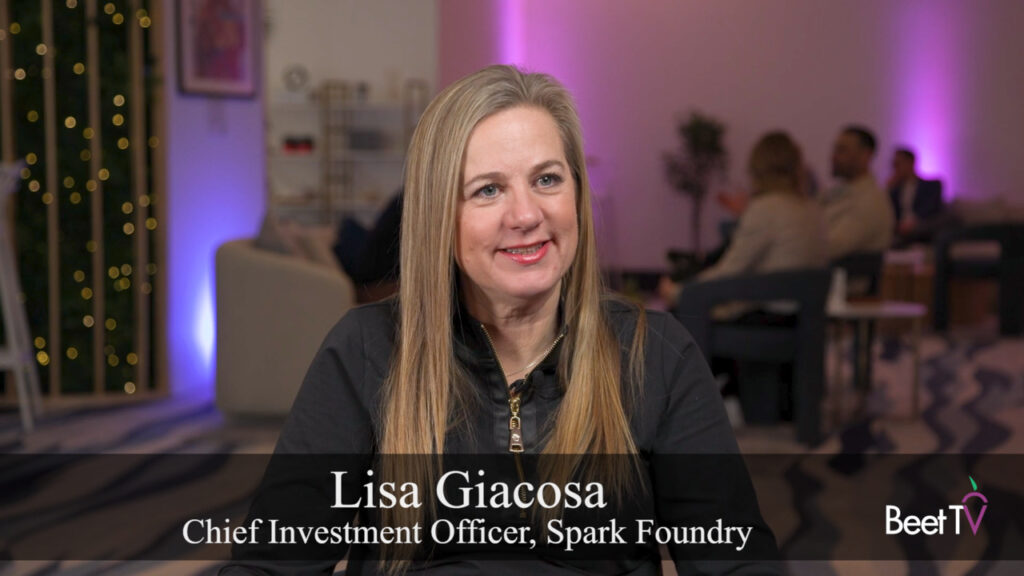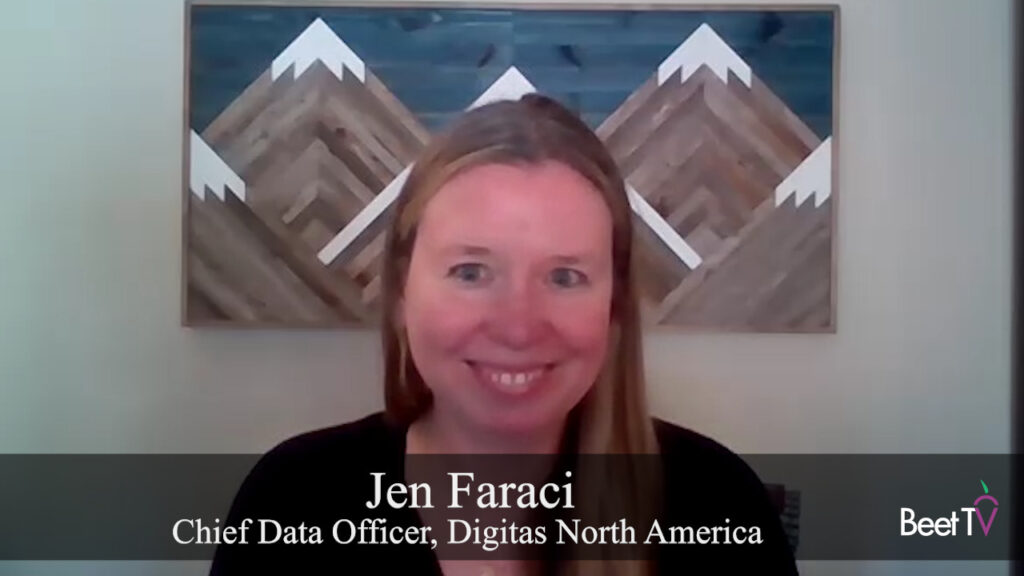MIAMI – AT&T AdWorks is seeing marketers in certain industry verticals redirect money from direct mail to addressable television advertising, along with using addressable TV for increased frequency against certain consumer targets. This synopsis by Brian Cordes, Director of Client Relations for AT&T AdWorks, was shared at the annual Beet Retreat this week.
In an interview with Matt Spiegel, Managing Director of MediaLink, Cordes cites financial services companies as one sector siphoning direct mail dollars.
“In the credit card space, these financial companies have to stay compliant with fair lending, and a direct mail list is a compliant list that can be easily applied to addressable households in the same manner,” Cordes explains.
This is because direct mail lists are based on names and addresses, as is addressable TV. “It’s really a seamless way to take those same segments and move them to TV,” Cordes says. He adds that some marketers experiment with direct mail and addressable TV and weigh the outcome.
Asked by Spiegel about back-end correlation for addressable TV campaigns, Cordes says it doesn’t end with, say, someone in a targeted household simply opening a financial account.
“If you open up a brokerage account, for example, that’s a great acquisition for that company,” he says. “But if they never actually fund that account, that financial institution never makes any money off that customer. We can understand both the acquisitions and the funding part of it.”
Overall, AT&T is seeing more marketers use addressable TV for “increased frequency against those most likely to convert,” according to Cordes.
When the company launched its addressable TV product four years ago, it would not have expected consumer packaged-goods marketers to be among the ranks of the interested, much less involved.
While CPG, according to Cordes, was not expected “to be a major player but if you look at the numbers, it actually is.”
AT&T is in the process of “connecting the dots” between its more than 25 million pay TV subscribers and the 100 million-plus mobile screens it reaches, Cordes says. One stumbling block is getting advertisers and agencies to embrace a “video-neutral” strategy.
“One of the issues, frankly, we’re seeing is that a lot of times the mobile budgets will be siloed separately than the TV budgets and you got to work with two different teams to get a deal done,” Cordes says. “I think that’s changing.”
This interview was conducted at Beet Retreat 2016: The Transformation of Television Advertising, an executive retreat presented by Videology with AT&T AdWorks and the 605. Please find more videos from the event here.






